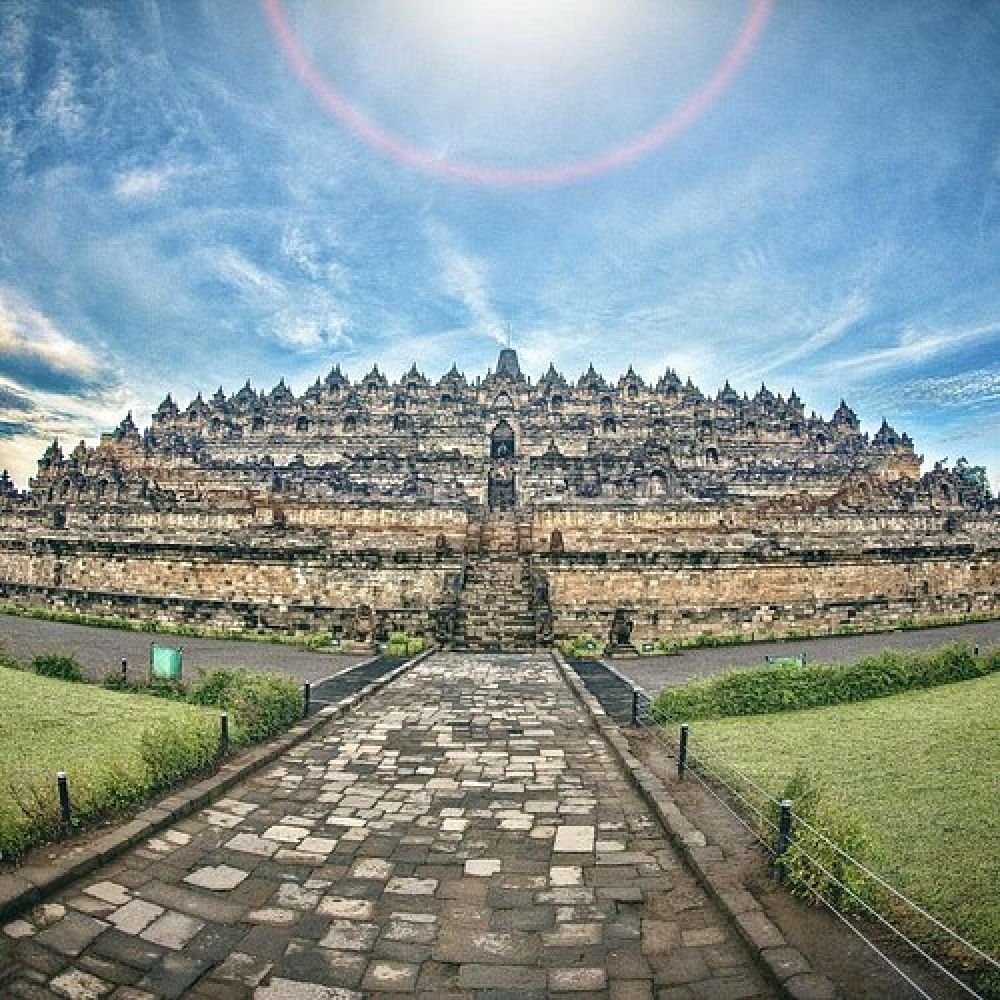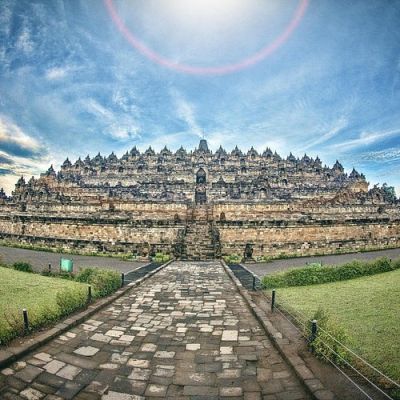

The Suai Church Massacre Site is a poignant location marking the tragic events that happened on September 6, 1999, during the Indonesian occupation. This site is dedicated to remembering the many lives lost, including three priests, when Indonesian-backed militia attacked the Ave Maria church where hundreds of people had taken refuge. Today, visitors come to pay their respects and to learn about this critical moment in East Timor's struggle for independence. A memorial stands as a solemn reminder, and educational materials help to explain the historical context and the impact of the massacre on Suai's community. Reflecting here is a quiet and contemplative experience, fostering a deeper understanding of the resilience and bravery of the Timorese people.
Situated in Suai, the Covalima Culture Centre serves as a hub for cultural preservation and education. It houses a museum and library showcasing the region's history, including the period of the Indonesian occupation. Exhibits focus on local traditional art, crafts, and historical artefacts, offering visitors an insightful look into the indigenous Timorese culture and its resilience amid foreign rule. The centre also plays host to a variety of cultural events and programs aimed at promoting and sustaining the unique heritage of East Timor. Interactive sessions with local historians and artists are often available, providing a rich educational experience for visitors interested in the deep and complex history of Timor-Leste.
The Suai Loro Archaeological Site holds historical significance as evidence of early human settlement in the region, long before the Indonesian occupation. However, the site also brings to light the continuous human presence and changing dynamics of the area through various periods, including the years under Indonesia's control. Visitors can explore remnants from different eras, providing a time-lapse view of Suai's history. Guided tours are available, with experts explaining the significance of various discoveries and their relevance to the understanding of Timor-Leste's past struggles. The site's educational importance lies in mapping the historical journey and resistance of Timorese society.
Dedicated to the history of the Falintil fighters – the armed resistance against Indonesian occupation – the Tilomar Resistance Museum offers an authentic and sometimes harrowing insight into the struggle for independence. Through a series of well-curated exhibits, including photographs, personal accounts, and artefacts from the resistance fighters, visitors gain a comprehensive understanding of the challenges faced by the East Timorese during the occupation. The museum aims to honour the memory of those who sacrificed their lives and to educate current and future generations on the importance of national sovereignty and peace.
The Betano Beach is situated south of Suai and is famously known as the landing site of Australian troops during World War II to support the Timorese against the Japanese. This historic site turned into an essential landmark during the Indonesian occupation, symbolizing hope and the quest for freedom. A visit here offers a chance to contemplate history and enjoy the natural beauty of the coastline. Interpretive signs recount the site's significance, making it an educational and reflective experience. While Betano Beach is primarily recognized for its WWII history, it also indirectly reflects upon the resistance and survival spirit resonant throughout Timor-Leste's past.
Although not directly related to the Indonesian occupation, Mount Ramelau's pilgrimage is a spiritual journey that many Timorese undertake, reflecting their strong sense of identity and cultural resilience. At 2,963 meters, Mount Ramelau is Timor-Leste's highest peak and is considered sacred. Climbing the mountain is an act of homage and reflection, qualities that also characterized the country's fight for independence. The summit offers breathtaking views and a statue of the Virgin Mary, further symbolizing the nation's endurance through adverse times. Trekkers experience a mix of spiritual renewal and physical challenge, with a chance to meet locals who share stories about their country's past.
The town of Maliana, close to Suai, played a significant role during the Indonesian occupation, as it saw violent clashes and significant resistance efforts. The Maliana Historic Walk takes visitors through various sites around the town, highlighting key locations where resistance fighters operated and where the community endured hardships during the occupation. The walk encourages reflection on the effects of foreign rule, the population's resilience, and the march towards independence. Informational plaques along the walk provide context and help visitors to understand the gravity of the events that took place in these seemingly peaceful surroundings.
Mota Bandeira Lookout is an important vantage point offering panoramic views of Suai and surrounding areas. While it serves as a beautiful lookout today, during the Indonesian occupation, it was a strategic location for both Indonesian forces and Timorese resistance fighters. The lookout is a place of contemplation where visitors can reflect on the importance of freedom and peace. The serene environment belies the intense history of the place, but it serves as a testament to the people's determination and the natural beauty of Timor-Leste that has endured through it all.
The Natarbora Resistance Archives, located to the east of Suai, offer a comprehensive collection of documents, audio recordings, and photographs related to the Timorese struggle against the Indonesian occupation. While the archives are tailored more towards researchers and those with a strong interest in history, the wealth of information provides an invaluable insight into the period's societal and political climate. Visitors can delve into first-hand accounts and historical data ensuring an educational experience that deepens their understanding of the resilience and eventual triumph of the Timorese people.
The Old Ai Pelo Prison, a remnant of the Portuguese era, also has close ties to the Indonesian occupation of Timor-Leste. It served as a detention facility for political prisoners and those suspected of aiding the resistance during the occupation. Today, it stands as a stark reminder of the repression and human rights abuses that occurred. Visiting the site, one can learn about the narratives of imprisonment, survival, and the quest for freedom that ran parallel to the occupation. Through guided tours, the significance of the site is revealed, echoing the voices of those who once were confined within its walls.
